If you’re looking to add serious tropical vibes to your home while also breathing easier, indoor palms are your golden ticket. These lush, easy-going plants don’t just sit pretty—they’re working overtime behind the scenes to scrub your air clean. From living rooms in Los Angeles to studio apartments in Chicago, Americans are turning to palms not only for decor but for wellness. Here’s your ultimate guide to 9 indoor palm varieties that do double-duty: beautify your space and purify your air.
Indoor palm plants aren’t just trendy—they’re nature’s air filters wrapped in tropical elegance. Whether you’re fighting off urban pollutants or just want to make your living space feel like a resort, these palms are the real deal. Just remember to match your palm with your home’s light, humidity, and pet-safety needs. Your lungs—and your Instagram feed—will thank you.

Areca Palm: The All-Star Air Filter
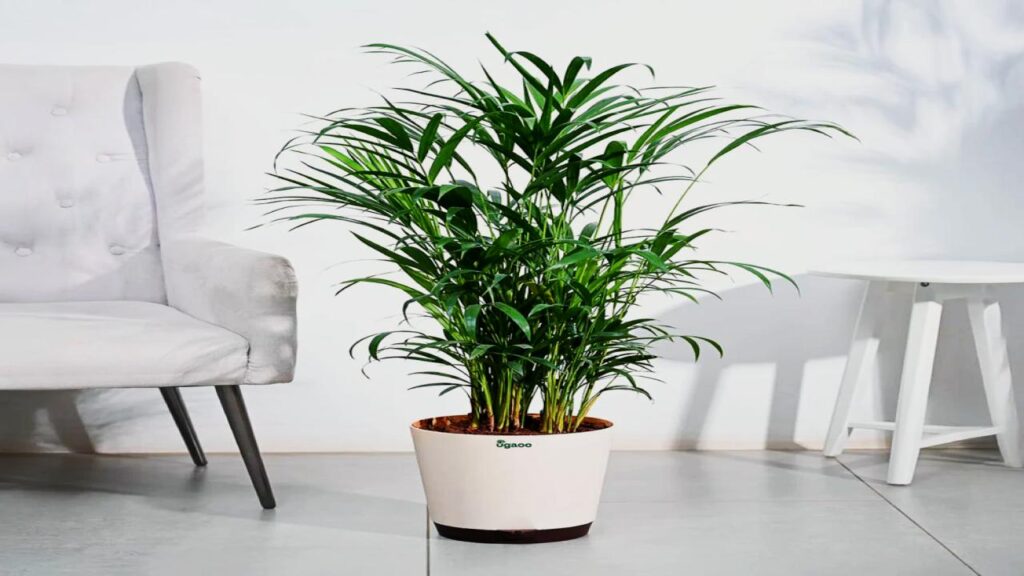
Known as the butterfly palm, the Areca Palm (Dypsis lutescens) tops NASA’s list of air-purifying plants. It’s like the MVP of houseplants, removing formaldehyde, xylene, and toluene from your indoor environment.
It thrives in bright, indirect light and likes its soil consistently moist. Bonus? It’s pet-safe, so your cat can snooze beneath its fronds worry-free.
Bamboo Palm: Your Humidifier-in-a-Pot

The Bamboo Palm (Chamaedorea seifrizii) doesn’t just clean your air—it also adds humidity, making it perfect for dry climates or winter months. It’s been shown to remove benzene and formaldehyde, two major culprits in household air pollution.
Water it regularly and give it a spot in filtered sunlight. It’s safe for pets too, making it a solid all-around choice.
Kentia Palm: Elegant and Easygoing
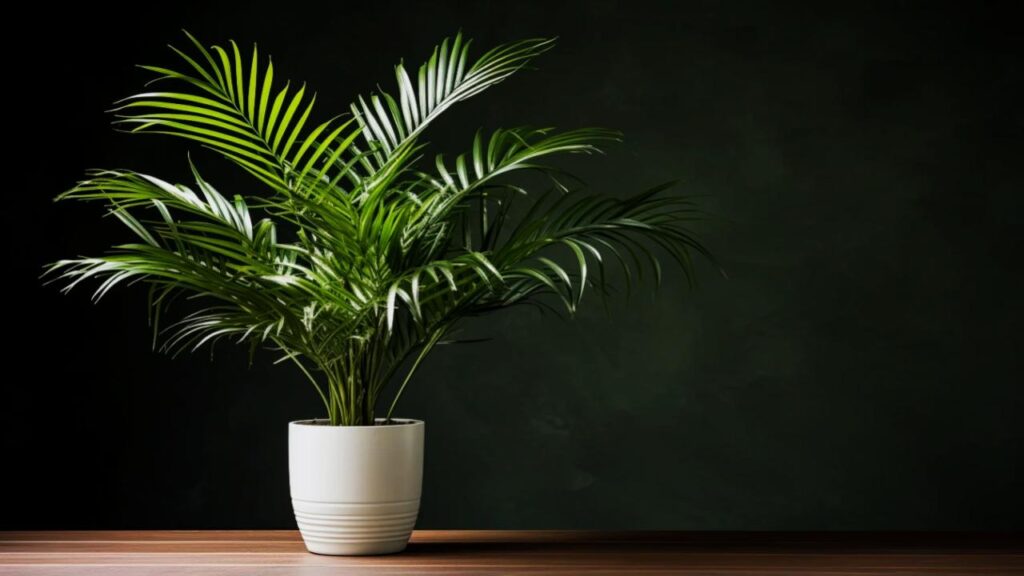
If you want something low-maintenance but still classy, the Kentia Palm (Howea forsteriana) is your best bet. It filters out trichloroethylene, commonly found in cleaning products.
It can handle low light and irregular watering, which is a godsend if you’re not a helicopter plant parent.
Parlor Palm: A Compact Powerhouse
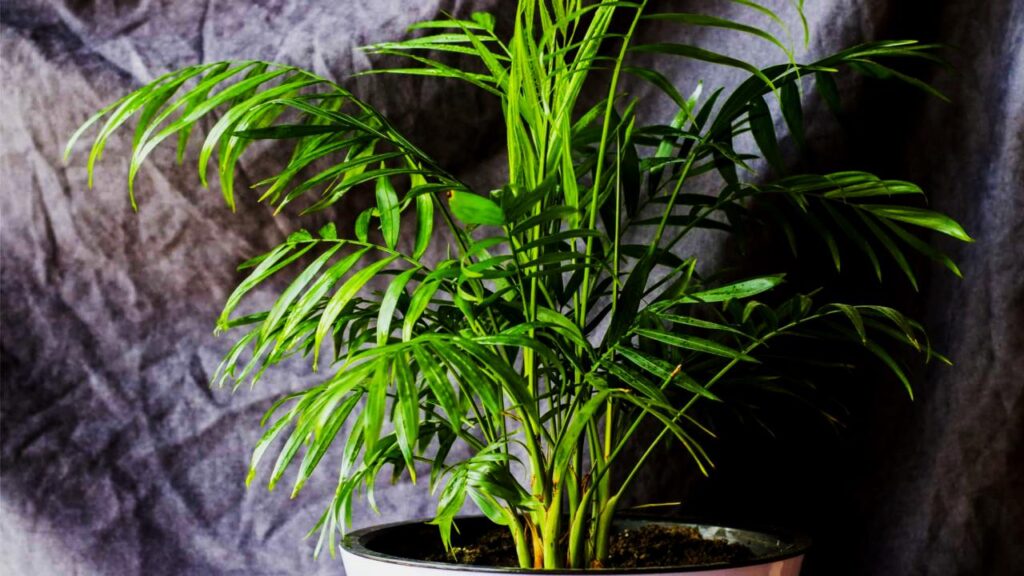
Perfect for small spaces, the Parlor Palm (Chamaedorea elegans) is a compact gem that still packs a punch when it comes to air purification. It targets carbon monoxide and formaldehyde, which sneak into our homes through things like gas stoves and furniture varnish.
It prefers moderate light and only needs watering every now and then. Plus, it’s totally safe for pets.
Lady Palm: The Clean-Air Queen
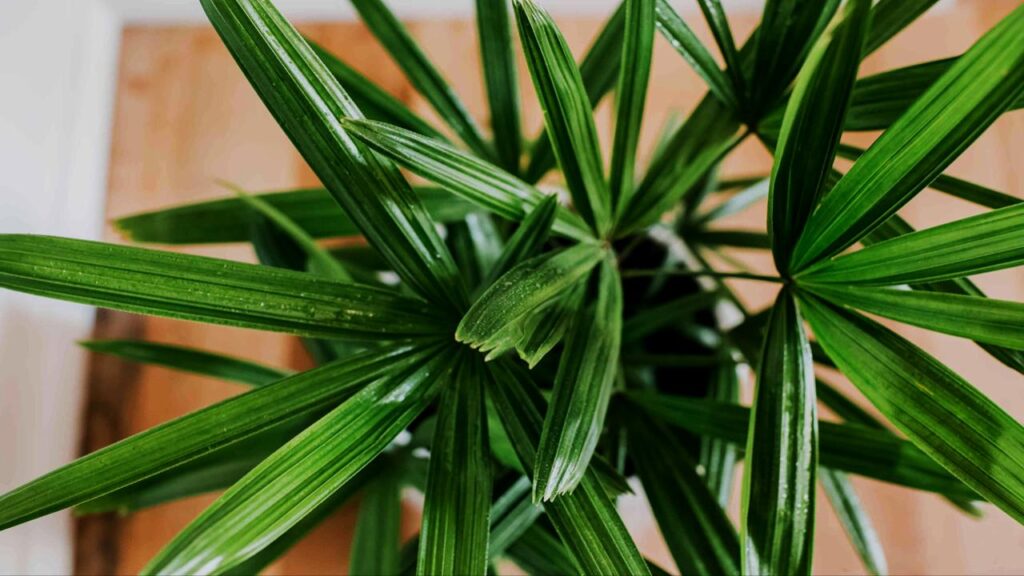
With broad, fan-like leaves, the Lady Palm (Rhapis excelsa) is both beautiful and functional. It’s a champ at removing benzene and trichloroethylene, common in synthetic materials and solvents.
It prefers bright, indirect light and steady moisture. It’s elegant, hardy, and ideal for formal spaces.
Pygmy Date Palm: Compact but Capable
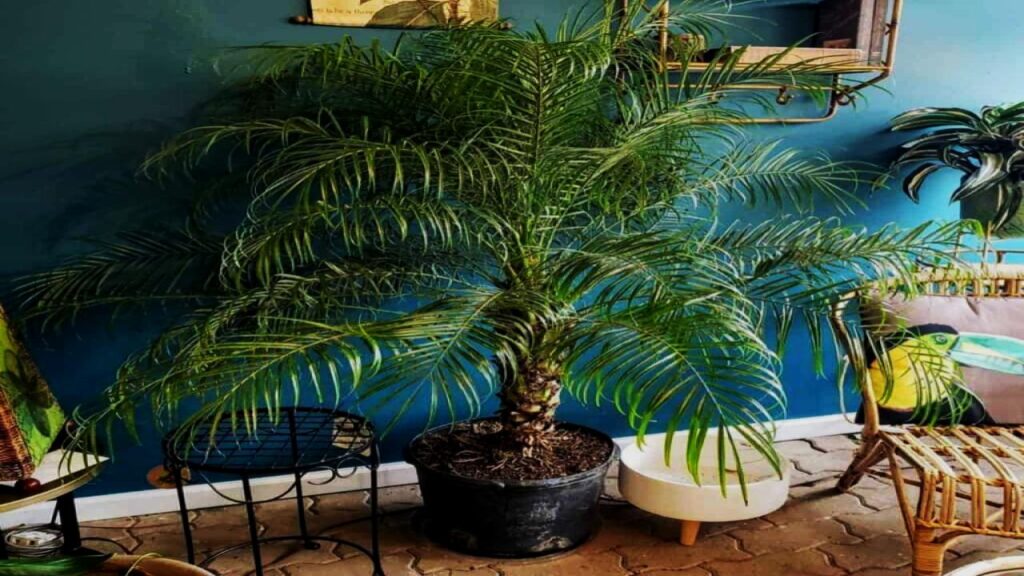
Don’t let the small size fool you—the Pygmy Date Palm (Phoenix roebelenii) is fierce against toxins like formaldehyde.
It requires bright light and enjoys a humid environment, so mist it occasionally. But heads-up: it’s not pet-friendly.
Majesty Palm: A Statement and a Filter
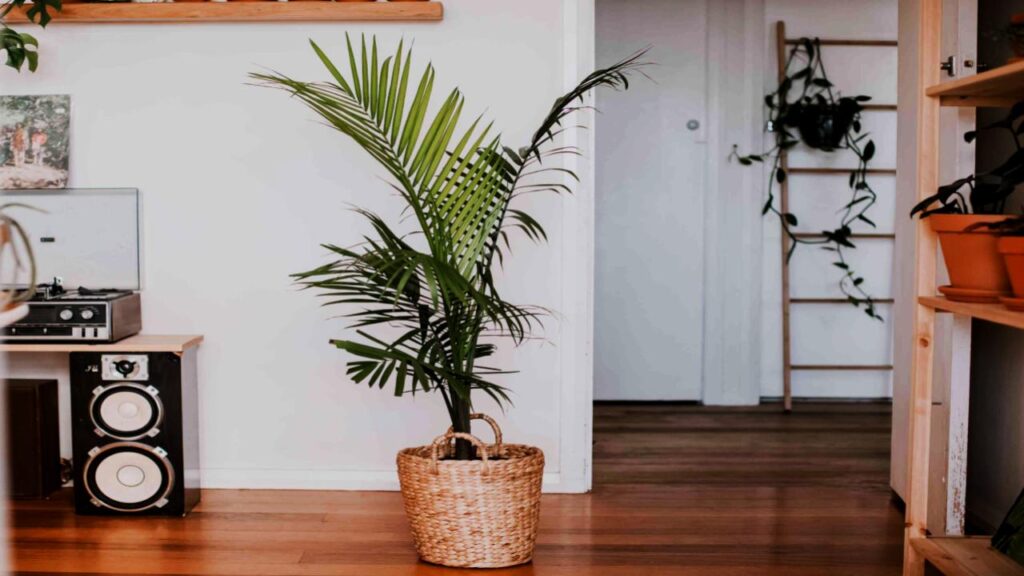
True to its name, the Majesty Palm (Ravenea rivularis) adds drama to any room. It also filters a variety of airborne pollutants.
This palm thrives in bright, humid conditions and needs consistent watering. It can be a bit demanding, but the payoff in style and air quality is worth it.
Sago Palm: Looks Good, But Handle with Care
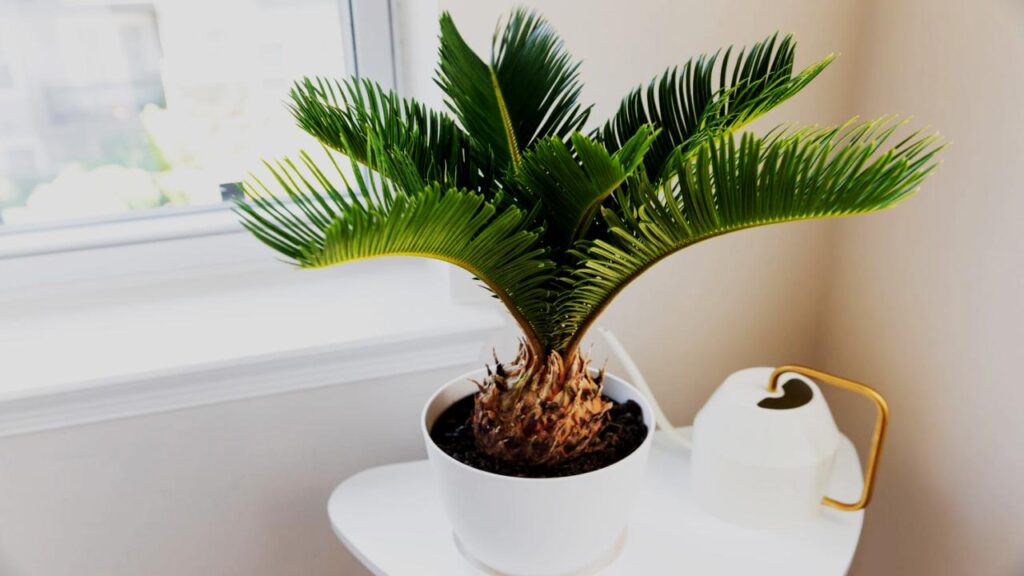
The Sago Palm (Cycas revoluta) has a prehistoric look that’s eye-catching. It removes formaldehyde, benzene, and more.
It prefers bright light and minimal watering but note it’s toxic to pets and humans if ingested. Keep it out of reach.
Fishtail Palm: Unique and Functional
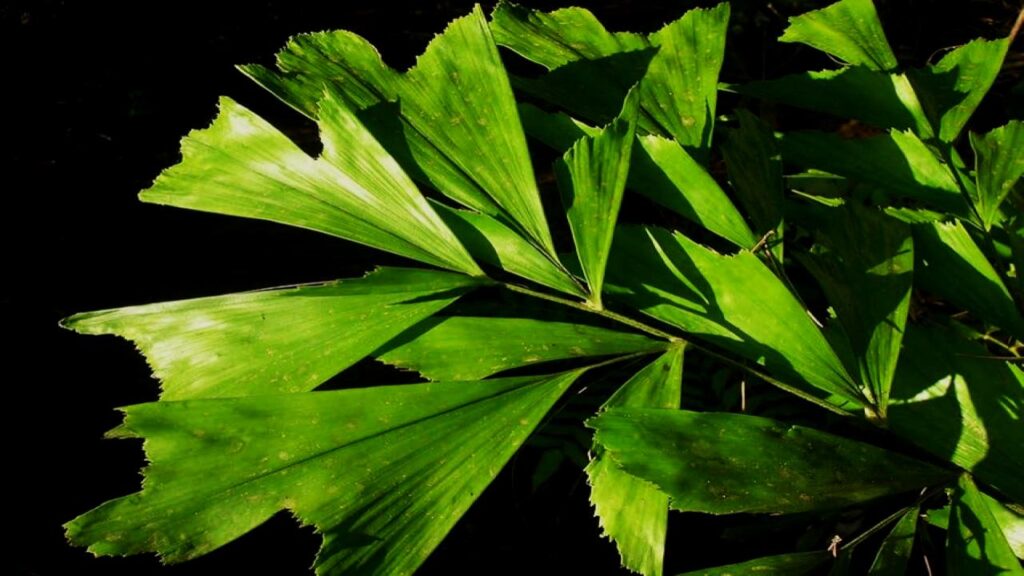
Named for its jagged, fishtail-like leaves, the Fishtail Palm (Caryota mitis) stands out in any indoor jungle. It’s good for general air quality improvement but lacks specific data compared to the others.
It thrives in bright, indirect light and likes moist soil. It’s a great pick for plant enthusiasts wanting something a bit different.
Where to Buy Quality Indoor Palms
You can find indoor palms at local nurseries, big-box stores like Home Depot or Lowe’s, and online retailers such as:
- The Sill
- Bloomscape
- Fast Growing Trees
Bonus Tips for Growing Indoor Palms
- Use well-draining soil: Most indoor palms hate soggy roots. A peat-based mix works wonders.
- Fertilize lightly during the growing season (spring through early fall).
- Wipe leaves regularly to remove dust and help with photosynthesis.
- Rotate the pot every few weeks for even growth.
- Be mindful of pests like spider mites and mealybugs, especially in dry indoor conditions.
